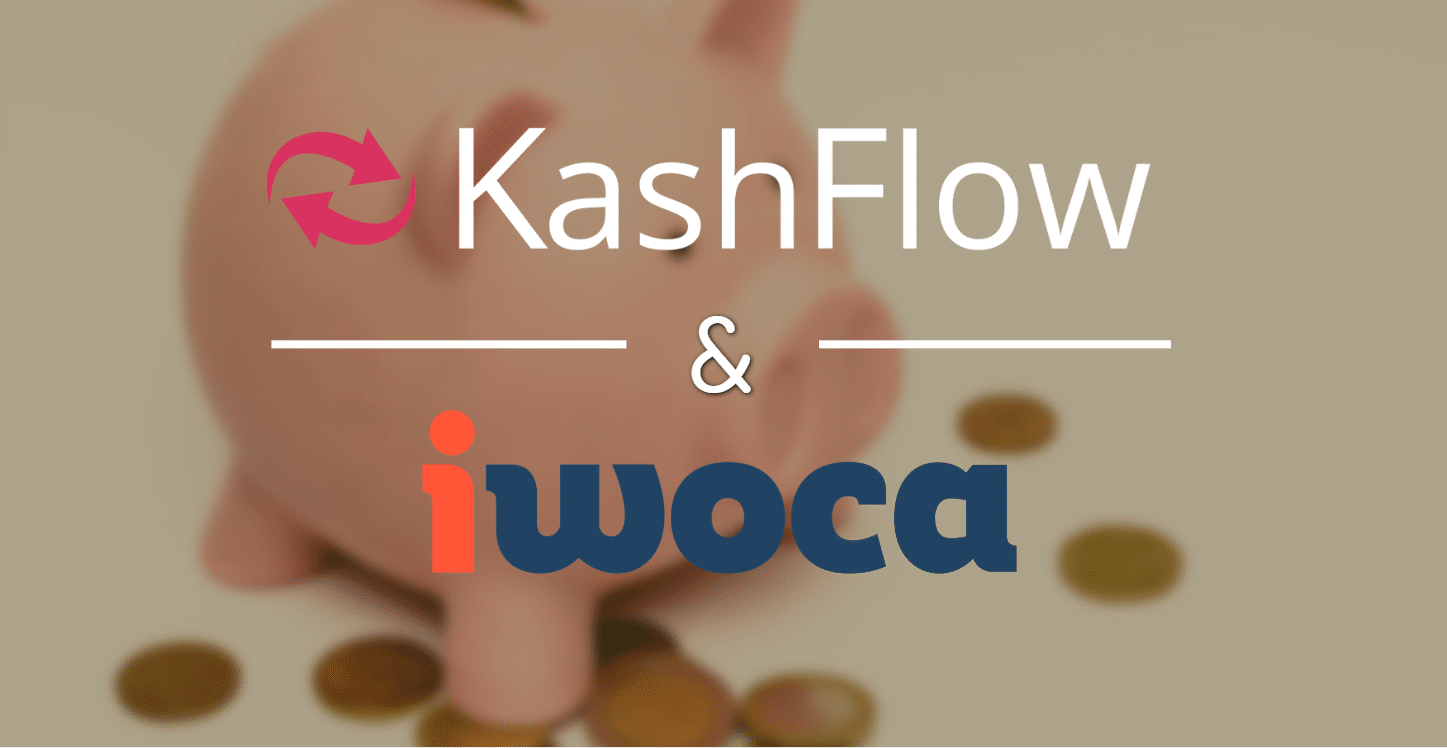What is the cash flow gap?
If left unchecked, a cash flow gap can create serious problems for a small business. There are, however, ways for business to plug this cash gap and ensure their business maintains a smooth financial ride through the year. In this blog, we take a look at some of the most effective methods.
What is a cash flow gap?
A cash flow gap is the time in between paying out for something and not getting the money back. For example, you buy stock and pay your supplier on day one. You then sell the stock on to your customer, but they don’t pay you for 30 days. The time between you paying your supplier and your customer paying you is your cash flow gap.
In more technical terms, your business will experience a cash flow gap if your cash inflows and outflows don’t line up.
How to find cash flow gaps
You can find your cash flow gaps using the following equation: receivables period + days in inventory – payables period = cash flow gap in days.
Let’s explore what each of those concepts are….
The receivables period. This is the average number of days it takes for your customers to pay you. To work this out, divide your accounts receivable (money owed to your business) by your average daily sales (annual sales divided by 365).
The number of days spent in inventory. This is the average number of days’ worth of sales you have in your stock. To work this out, you’ll need your inventory turnover figure (which is the cost of your sales divided by your average inventory). For your annual number of days, divide 365 by your inventory turnover figure. For the monthly figure, divide 30 by this figure.
The payables period. This is the average number of days it takes you to pay your suppliers for your stock. For this one, you take your accounts payable (money your business owes) and divide it by average daily purchase (annual purchases divided by 365).
Note: for monthly averages just swap 365 for 30 days.
Avoiding a cash flow gap
If possible, adopt the following best business practices to avoid creating a cash flow gap:
- Don’t amass too much stock and raw materials
- Don’t accept short payment terms from vendors
- Don’t forget to invoice customers as soon as possible
- Make it easy for customers to pay you
How can I close a cash flow gap?
Obviously the smaller the cash flow gap is, the better. Once you’ve worked out the size of your cash flow gap, you can adopt one of the following methods to close it.
Increase the receivables period by offering rewards such as discounts or incentives for early payers, and/or fines for late payers. You may also address this by increasing the number of payment methods you make available for you customers and sending out invoices as early as possible.
Read our guide to getting paid faster for more advice on how to increase your receivables period.
Alternatively, you can reduce the number of days spent in inventory with a “just-in-time” stock model through which you hold just enough stock to cover existing order. If this won’t suit your business model, then look at negotiating longer payment terms or, if possible, a better price so that you owe less money.
However you choose to address your cash flow gap, you’ll need to reduce your receivable period and days in inventory while you increase your payables period. This will help you get cash out of your stock and delay your payments for a long as possible.
How can you cover a cash flow gap?
If possible, you should try and build up a cash reserve so carry your business through any cash flow gaps you face. If you don’t have the cash available, then you’ll have to source it.
Depending on your credit status, you maybe be able to borrow money from the bank. Alternatively, you may be able to sign up with a finance lender like iwoca.
Iwoca‘s flexible credit facilities allow you to borrow up to £150,000 and:
• Borrow any amount up to your credit limit
• Keep the funds for up to 12 months or make free early repayments
• Avoid hidden fees with one simple interest rate
• Sign up in minutes, get approved and funded in hours
To help you get started, every KashFlow customer gets a free trial with iwoca. You’ll be charged 0% interest for your first month and, if you repay within 30 days, your loan is completely free.
Learn more about iwoca here: https://www.kashflow.com/apps/iwoca/

